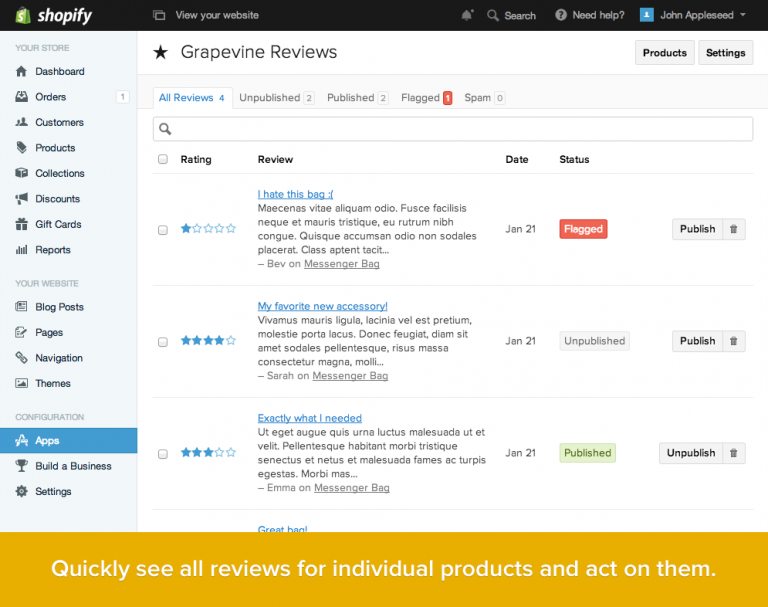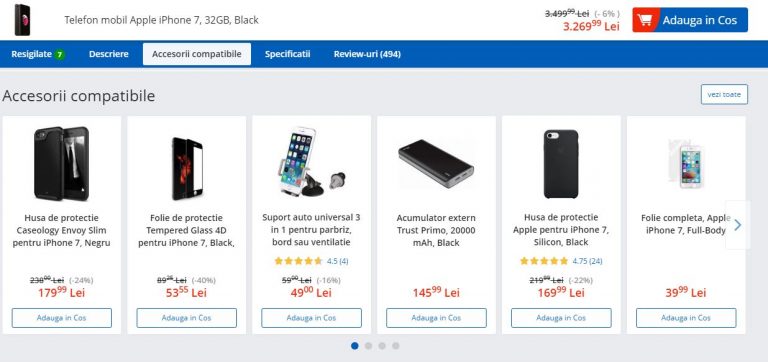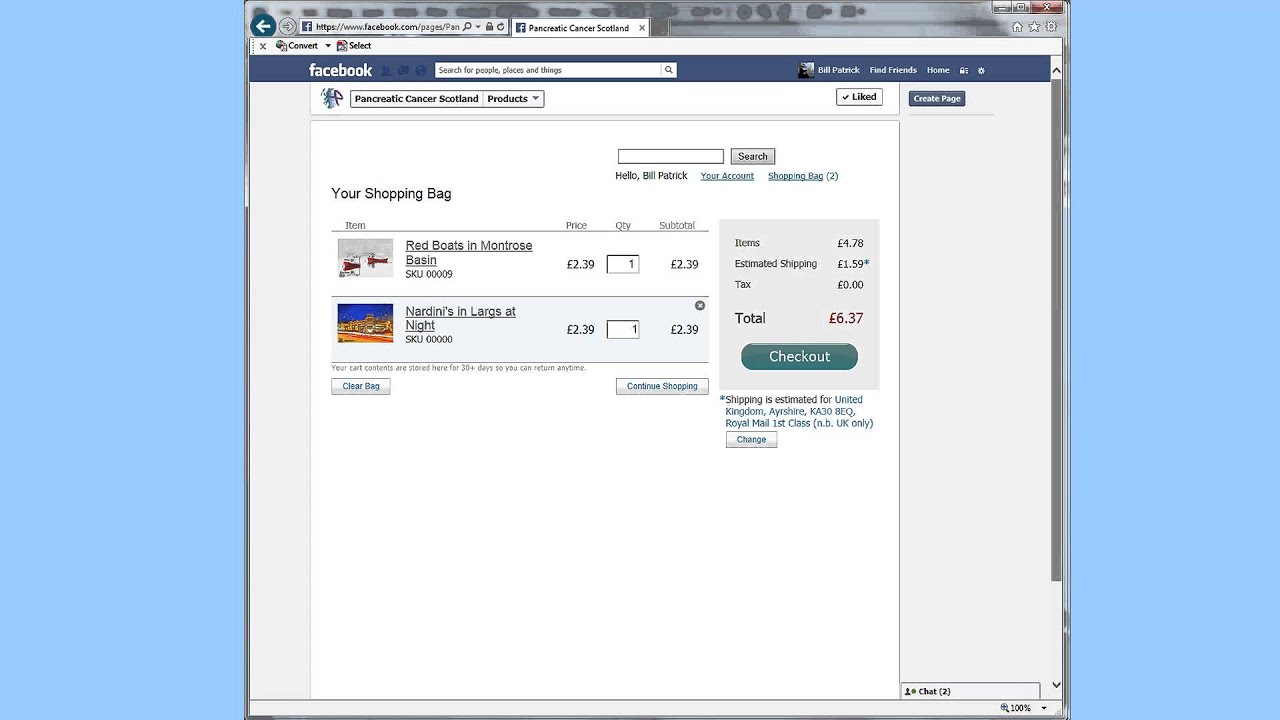What is the BCG Growth-Share matrix and why you should use it in your business?
The BCG Growth-Share matrix is the sixth business framework showcased in our BUSINESS reSOURCES series. Check the previous five: Porter’s 5 Forces, PESTEL, Hofstede’s Cultural Dimensions theory, the Porter Diamond Model and the McKinsey 7S model.
What is the BCG growth-share matrix and why should you use it in your business?
The growth-share matrix is a business framework that helps companies analyze their business units (i.e. their product lines) or any other cash-generating entities by their degree of profitability.
The matrix was created in 1970 by management expert Bruce Henderson, founder of Boston Consulting Group (BCG), one of the most influential strategies consulting organizations in the world.
Also known as the BCG growth-share matrix, this business analytical tool provides the company with a four-quadrant chart where products are ranked on the basis of their relative market shares and growth rates.
The company then decides where to allocate resources and which products to prioritize.
What are the 4 quadrants of the BCG matrix?
Let’s dive deeper and learn more about the four quadrants of the matrix.
The 4 quadrants of the BCG growth-share matrix are “cash cows”, “dogs”, “question marks” and “stars”.
BCG growth-share matrix – Cash cows
Cash cows are products in low-growth areas for which the company has a high market share.
These products generate large amounts of cash that are higher than the market’s growth rate. Also, the revenues generated by these products exceed the amounts reinvested to maintain share. These products are the company’s most profitable and they should be milked for cash for as long as possible.
BCG growth-share matrix – Dogs
Products with a low market share in areas with slow growth are dogs.
They may show an accounting profit, but the profit must be reinvested to maintain share which in the end, leaves the company with empty pockets or even negative cash returns. Companies should investigate further to determine if these products are profitable in the long run or they should be liquidated.
BCG growth-share matrix – Question marks
The Question marks in the company’s portfolio are the products with a low market share in a high growth rate market.
These products typically grow fast and have the potential to become stars. But before they reach this stage, question marks almost always require far more cash than they can generate. Companies should investigate these products and the market circumstances to determine if they are worth maintaining in their portfolio.
BCG growth-share matrix – Stars
Stars are products with a high market share in a high growth rate market.
They generate cash and use cash at the same time. Companies should invest in stars to support their further growth as they are expected to become cash cows. Depending on the characteristics of the market these products live in, they could become cash cows or they could turn for the worst and become dogs.
Every company needs products in which to invest cash. Every company needs products that generate cash. And every product should eventually be a cash generator; otherwise, it is worthless.
Only a diversified company with a balanced portfolio can use its strengths to truly capitalize on its growth opportunities.Bruce Henderson, creator of the BCG growth-share matrix, an excerpt from The Product Portfolio
Here is a short explanation of the BCG growth-share matrix:
How do you use the BCG growth-share matrix?
If you are a business owner or developer, use the BCG growth-share matrix to determine the nature of your company’s portfolio.
Do you have a cash cow? How many questions marks does your company invest resources in? Are there any dogs in your portfolio? How about stars?
It’s necessary to acquire a clear picture of your products in order to make the right decisions.
You need to first choose the product to which you will apply the matrix, define the market of your product, calculate the market share and find out the growth of the market.
After you have gathered all the needed information, you can determine which quadrant of the BCG growth-share matrix your product belongs to.
If your product is a cash cow, milk it for everything it’s got. Don’t reinvest the revenue back into the cash cow! Use it to grow a question mark into a star or a star into a cash cow.
If your product is a dog, perform a deeper analysis to determine whether or not it should be liquidated. Please note dogs are not to be invested in!
Is your product a question mark? If it is, do you have the necessary resources to help it become a star? And is the effort worthwhile for your business?
Is your product a star? Then invest your resources to help the product become a cash cow.
Join the Conversation
We’d love to hear what you have to say.
Get in touch with us on our LinkedIn Page, Facebook Page, Twitter or TikTok.
How to best use the Facebook shop option for your brand
Facebook has a new star recently launched: the Facebook shop that you can use to sell and promote your brands. If you have the Add Shop Section link on your Facebook page, you can follow these steps really easy steps to start selling products on your page.
1: Click the Add Shop Section Link
It brings up a prompt explaining what this section will allow you to do. Click the Add Shop Section button to continue.
2: Agree to Merchant’s Terms and Policies
They include important information about what you can sell on your Facebook page, how problems will be handled during the “test phase” of the Shop Section launch, return and refund policies, and other details.
3: Add Business and Payment Processing Details
Enter your business details and set up payment processing with Stripe. If you have a Stripe account already, log into that account first and then click the link to connect to an existing Stripe account. Otherwise, you’ll need to set up a Stripe account and then proceed with the following setup.
Once you’ve finished this setup, your call to action button changes to a Shop Now button, which takes page visitors to your Shop section.
Once you’ve added a shop section to your Page and added products, here are some things you can do to get more people to visit your shop section to browse your products.
4: Describe What You Sell
Next, describe what your Facebook page shop sells in 200 characters or fewer.
5: Add Products to Your Shop
Now you’re ready to add products to your shop. To do this, click the Add Products button. If you want to add more products, go to your shop and click on the Add Product block or go to your Publishing Tools and access the Shop section there.
6: Create Collections
If you have a lot of different types of products, you have the option to create collections to organize your products. This option will be shown beneath your products once you start adding them to your shop.
When you click the Add Collection button, you’re taken to the Shop section in your Publishing Tools. You’ll see a Featured Products collection already in place where you can add your best products. To add products to the Featured Products collection, click the collection and then click the Add Products button. Select which products to add to your collection and click Add. The first products in your Featured Products collection will appear above your timeline on your Facebook page.
7: Access Your Shop’s Settings
To access your shop’s settings, click on your shop’s link from your page’s menu and then click on the setting wheel icon to get the following menu options. The Manage Shop option takes you to your Publishing Tools, where you’ll find a new section for your shop. There, you can add products and product collections to group your products. The Settings option takes you to your shop’s main settings, where you can update your email address, business address, and Stripe account.
The Help option takes you to the Shop Section FAQ where you can learn more about setting up your own shop. If you choose to no longer sell products on your Facebook page, you can use the Delete Shop option.
8: Manage Your Orders
When you receive your first order, you’ll get a notification. You can review and manage your pending and completed orders in your Publishing Tools under the Shop section.
Once you close your first order notification, you’ll see a list of your pending orders. Click on an individual order to see additional details, such as the buyer’s shipping preferences and address. You can also contact the buyer if you need additional information while the order is pending or after it’s completed.You must ship the order before Stripe will process your payment. After you click on the order, click the Mark as Shipped button and enter the tracking number. Then the customer’s payment through Stripe will be processed. The order will move to pending and your inventory will be updated accordingly.
What you can do to bring more awareness to your shop
Share your products on your timeline
When you share your shop’s products on your Page’s timeline or your personal timeline, it’s easy for people who are already connected with your business and you to see your products. To do this:
- Click the product you want to share.
- Click Share
- Choose where and how you want to share it through the dropdowns at the top. Optionally, add text to the post to make it more engaging
- Click the Share button at the bottom right
Share your shop link with your customers
You can share your shop link with your customers online and offline to encourage people to visit your shop section. To do this:
- Click the shop section on your Page
- Click the
 button
button - Click Copy Direct Link
- Share the link with people you want to visit the shop section on your Page
Marketing research done right
Either you start a new business, launch a new project / product / service or you just want to stay ahead of your competition, a strong and smart marketing research will give you the necessary advantage over the competition. Moreover, in this ever-changing and moving market, with the technology changing it day by day and with consumers always up-to- date and in control of the situation, research becomes more and more important daily. Therefore, market research is a key component of any good product team management process, sales and marketing strategy, or business growth strategy.
“Marketing research can give a business a picture of what kinds of new products and services may bring a profit. For products and services already available, marketing research can tell companies whether they are meeting their customers’ needs and expectations. By researching the answers to specific questions, small-business owners can learn whether they need to change their package design or tweak their delivery methods–and even whether they should consider offering additional services,” writes entrepreneur.com.
Research deserves its important place in a business activity and should be treated accordingly. We are presenting you some of the steps you must take in order to make sure your research is done right.

source: AdWeek
- Primary research focuses on gathering data from analyzing current sales and the effectiveness of current practices. It also takes competitors’ plans into account, giving you information about your competition. The pieces of information will be received following: interviews (qualitative and quantitative), surveys, questionnaires (online or by mail), focus groups.
2. Secondary research. Analyzing the data that has already been published. and that can help you identify competitors, establish benchmarks and identify target segments. Your segments are the people who fall into your targeted demographic–people who live a certain lifestyle, exhibit particular behavioral patterns or fall into a predetermined age group.
3. Study the Economy: Just like the history is important in knowing and understanding who we are as a culture and what we will be in the future, showing what we can expect, so is knowing and understanding the economy helping your business grow. You can better understand reports about some of the most important big factors affecting the industry you’re in and the customers you hope will spend their money on your products or services.
Being up-to-date with the economics world will help you know how to adjust your business, prevent difficult situations and choose the right time to expand.
4. Read Business and Industry Publications: Whatever your industry, there’s likely a trade group or research firm out there compiling industry statistics and trends that are all insights into your business. Join your industry trade group or follow key industry thought their leaders on social media and media (their TV, print, online appearances). Being part of the industry and its insights will help you find out detailed industry statistics and trends that can help you better understand the past, present and future of companies like yours.
5. Look Elsewhere: Take example from successful local and international businesses. A similar business on the opposite end of the country may give you some great promotional ideas, or an international market could start complaining about rising commodity prices before they affect you directly.
6. Hire a smart internal researcher and a good research agency. Your researcher will be able to present you monthly reports regarding the market and your consumers, while the agency will be a key element when making an important move on the market. They will for sure make the difference.
More ideas and steps you can find here.
12 tips on making the customers buy more in online
The e-commerce industry is probably one of the most competitive at this moment, globally. Therefore, having a successful online shop is not an easy task at all, let alone always growing your business and your customers’ base. There are, although, some steps that, if followed, can really help you achieve your goal.
- Context MattersYour call to action has to fit in with the rest of the copy you have on the page. In this case, put a shopping-cart-related call to action on a page that talks up the product you’ve created or in an article talking about how your product solves a particular problem. It would not go well in an opinion piece about news within your niche.
- Keep it Simple
Your consumer need to find the right information fast. Don’t overcrowd the message by having a heavy environment or many information popping out. It’s important to make the consumer journey as fast and easy as possible. Nothing forced, just flowing. Guide him without letting him feel he is guided. The body of your copy is the place to talk up your products or services. The call to action is what convinces consumers to start shopping.
- Product reviews
Sometimes the best advocate for your online shop and product are your customers. Your product descriptions – something we’ll cover late – can only do so much to convince folks to part with their money. Allowing your customers to review products they’ve bought lets them express how they felt about the overall experience and the product itself. Plus it’s the perfect way to get your products validated by a third party. According to Reevoo, quoted by Paymill.com, “reviews produce an average 18% increase in sales, and having 50 or more reviews on a product can increase its conversion by 4.6%”, while MarketingSherpa considers that 58% of consumers prefer sites that offer reviews.

- Placement Matters
Most of the time, a call to action works best when placed at the end of your copy or content. If your particular business makes use of the long-form sales page, putting the call to action higher up is a good idea. You can highlight the benefits of your products and encourage people to buy.
- Make sure you use quality images
Since the technology has evolved so far and one can take a great quality picture, at a high resolution, even with the smartphone there are no more excuses for not using the best pictures possible for your products. You can not only use images to highlight your product’s qualities, but also show it in use to help visitors visualize how the product can be used everyday.

- Great product descriptions
Making it easy for the customers to find the right information and teaching them about the product they are interested in. The writing should be focused on you target and its needs, therefore the tone of voice should be adapted to that. It’s important to focus on the product’s benefits and to keep the language simple, avoiding as much as possible the jargon and write short sentences to help the readability.
- Build Excitement
You need to build up the product or line of products in customers’ minds before asking them to buy. This way, there won’t be any doubt about if they want to take the action you’re calling on them to take. Talk about or show how beneficial what you’re selling can be in the buyer’s life.
- Be Active, Not Passive
“It would be nice if you bought my stuff” is not the same as “Click here to start shopping.” Passive implies that you aren’t sure if you want them to do the thing you’re asking them to do. Active voice removes all doubt about your expectations, shows confidence in your products and brands, which it will bring confidence for the customers as well.
9. Try and have pages as clickable as possible
It helps if you make your call to action an actual clickable link — preferably to your shopping cart (which can say something like “Cart empty! Start shopping here”). This saves the viewer the time of searching for the thing that helps them do what you want them to do. As said earlier, making things easier and comfortable for the shopper only helps your business and your sales.
- Show related products that would look great next to the product they already have in the cart or that would fit perfectly. For example for a photo camera a memory card or different lenses. People tend to buy more this way. It’s an opportunity to increase revenue because it shows items visitors may not have otherwise been looking for and it takes them to pages they may haven’t been interested in entering.

- Easy and safe payment
One of the biggest concerns that people address when it comes to online shopping is the safety of their payment. Make sure you have a trustful provider and that you make the process as easy as possible. Offer them different payment methods, don’t force them to sign up for different offers or newsletters, don’t ask them a bunch of unnecessary information, make sure the checkout page matches the rest of the store. Those would be just some easy, but really important pieces of advice.
- Test, Change, Test Again
Having an online store means constant work of improvement. Even if you have constant growth and awards won, there is always something you can improve. Therefore, test and keep on always testing your website. After all, the final goal is to always keep the costumer happy and wanting to come back and bring more friends along.

